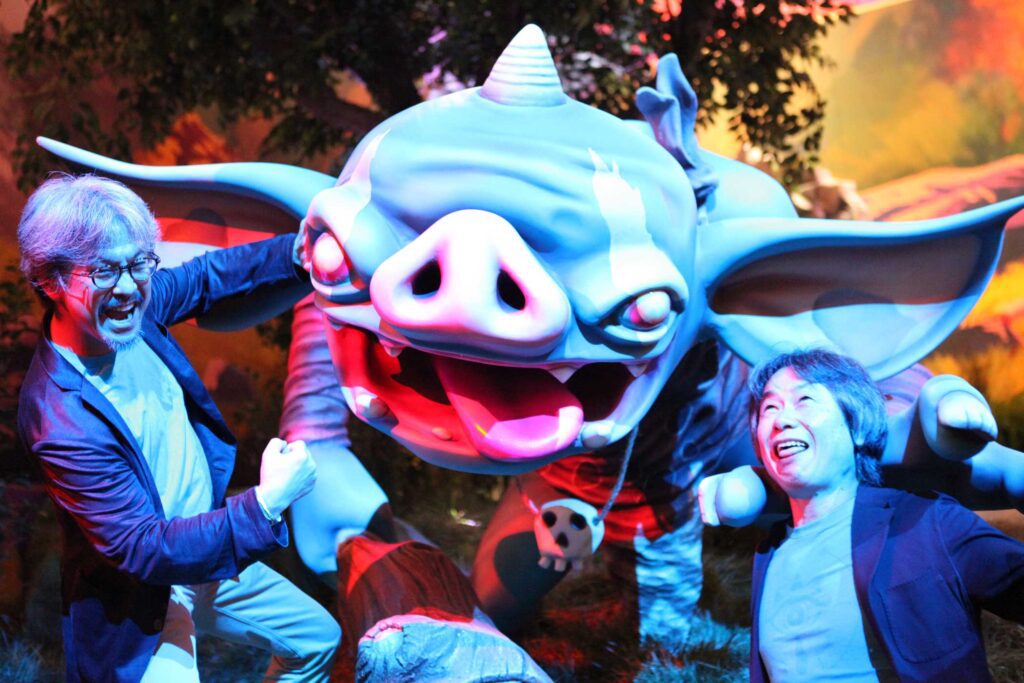The Legend of Zelda: The Wind Waker on GameCube, released in 2002, is known for its unique cel-shading graphics, open-world gameplay, darker storyline, and compelling soundtrack that made it a cult classic. Instead of a traditional Zelda storyline, players follow young protagonist Link across an ocean in a post-apocalyptic world to rescue his sister and unravel secrets of an ancient kingdom. The game provides a fully-realized open world, new weapons, revamped combat, and innovative travel options. The game’s soundtrack, composed by Koji Kondo and conducted by Eimear Noone, captured a broad range of emotions that remain unforgettable.
The Legend of Zelda: The Wind Waker – A Breath of Fresh Air to the Zelda Franchise
Introduction
The Legend of Zelda is one of the most acclaimed video game franchises of all time, with over thirty years of history and multiple entries in its repertoire, all lauded for different reasons. The Wind Waker is the tenth game in the series, released for the Nintendo Gamecube in 2002. It is widely recognized for its unique art style, immersive gameplay, and compelling narrative. In this article, we will explore why The Wind Waker went on to become a critical darling of the Nintendo ecosystem and a cult classic among Zelda fans.
The Art Style
The Wind Waker’s art style is often the first aspect that players notice, and for good reasons. Instead of the typical gritty, realistic visuals that the series had adopted in the past few entries, The Wind Waker employed a cel-shading technique that made the game look like it was a cartoon come to life. The game’s vibrant colors and exaggerated features suited the vibrant, open-world setting that the game offered. The game’s designers also infused it with small details and clever animations that helped breathe life into its world, such as the way links hair and clothes moved when he ran, or the way he stumbled when he missed a jump.
The Gameplay
The Wind Waker’s gameplay was equally revolutionary. Despite being a 3D game, the developers offered players a fully-realized open world that was divided into multiple islands filled with puzzles, secrets, and challenges. Players could sail across the vast sea, discover new islands, and embark on quests or combat enemies. The game offered an array of weapons, from the traditional sword and shield to magical musical instruments and boomerangs. It also revamped the combat system, enabling players to dodge, counter-attack, and perform flashy moves that felt satisfying to execute. The game also introduced a new form of travel – the ability to teleport via whirlpools found throughout the ocean. All of these innovations expanded the scope of what players could do and created memorable experiences for seasoned Zelda veterans and newcomers alike.
The Storyline
The Wind Waker’s storyline was unlike any other Zelda game before it, delving into darker, more complex themes. The game takes place centuries after the events of Ocarina of Time, in a post-apocalyptic world where the Great Flood has destroyed Hyrule, the mythical kingdom that Zelda and Link come from. The game’s protagonist, Link, is a young boy living on a peaceful isle with his grandmother and sister. However, when his sister is kidnapped by a giant bird, Link embarks on a quest across the ocean to rescue her and discover the secrets of the ancient kingdom. The storyline is poignant and emotional, as players uncover dark secrets about the past and make choices that impact the game’s ending. It’s a refreshing change of pace from the traditional Zelda formula, where the players usually take on Ganon, the series’ central villain.
The Music
The Wind Waker’s music is also worth mentioning. The game’s soundtrack is lush and unforgettable, composed by Koji Kondo and conducted by Eimear Noone. The music captures a vast range of emotions, from the epic swells of battle to the soulful melodies on the sea. Players can even use the game’s magical conductor’s baton to control the music and affect the world around them, from summoning a lightning storm to making the waves rise.
Conclusion
In conclusion, The Legend of Zelda: The Wind Waker is a masterpiece that stands the test of time. It successfully reinvented the Zelda franchise, proving that innovation and risk-taking can pay off for developers. The game’s unique art style, immersive gameplay, compelling narrative, and amazing soundtrack made it a landmark title in the Gamecube library and set high expectations for future entries. With the recent release of HD remakes and re-releases, new generations of gamers can discover the beauty and magic of The Wind Waker on modern consoles. If you haven’t played it yet, what are you waiting for?
